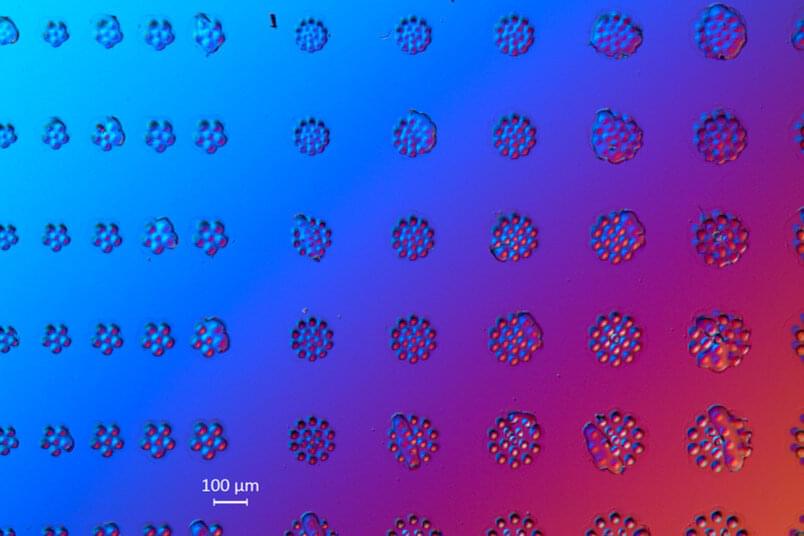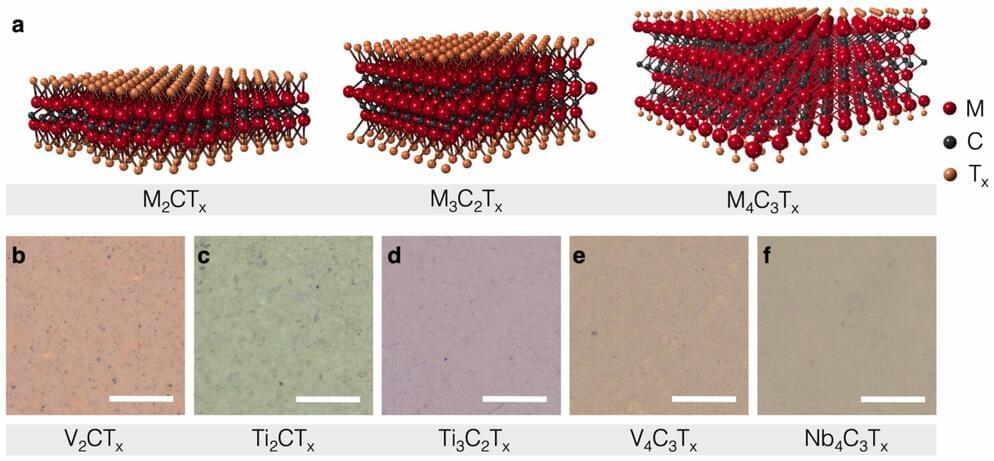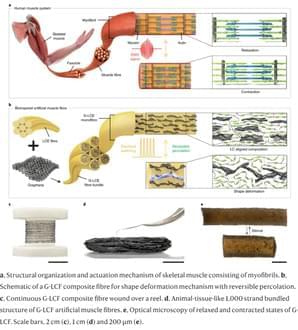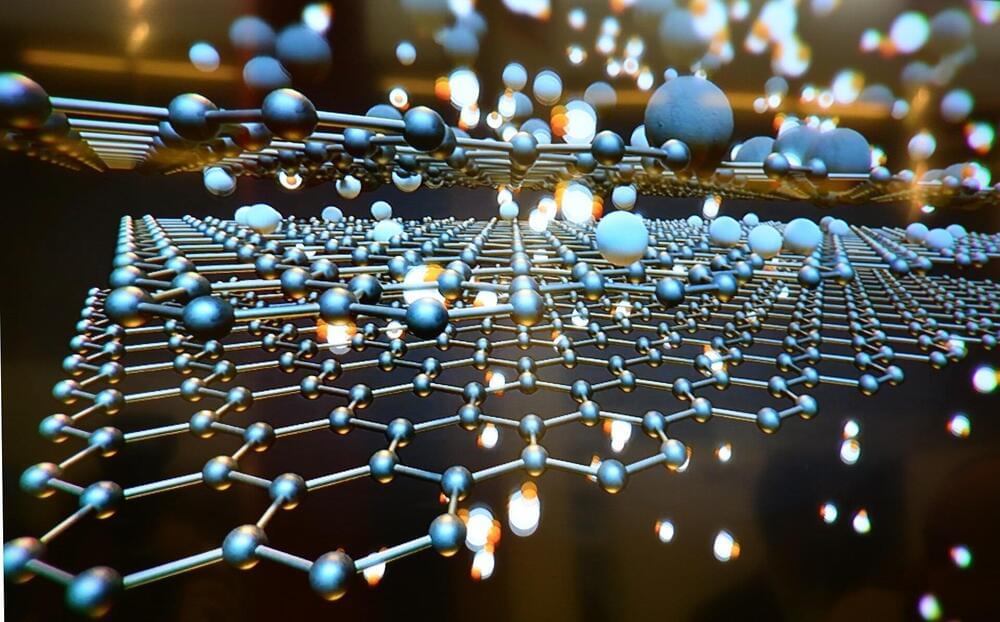Jan 17, 2023
A black hole devoured a star and created a Solar System-sized donut
Posted by Gemechu Taye in categories: cosmology, materials
New Hubble Space Telescope readings show the last moments of a star before it’s devoured by a black hole.
Astronomers used NASA’s iconic Hubble Space Telescope to record detailed observations of a star’s final moments before it was torn apart by a black hole.
As per a NASA blog post, the astronomers used Hubble to focus on the immense gravitational impact on the dying star.
Continue reading “A black hole devoured a star and created a Solar System-sized donut” »

















